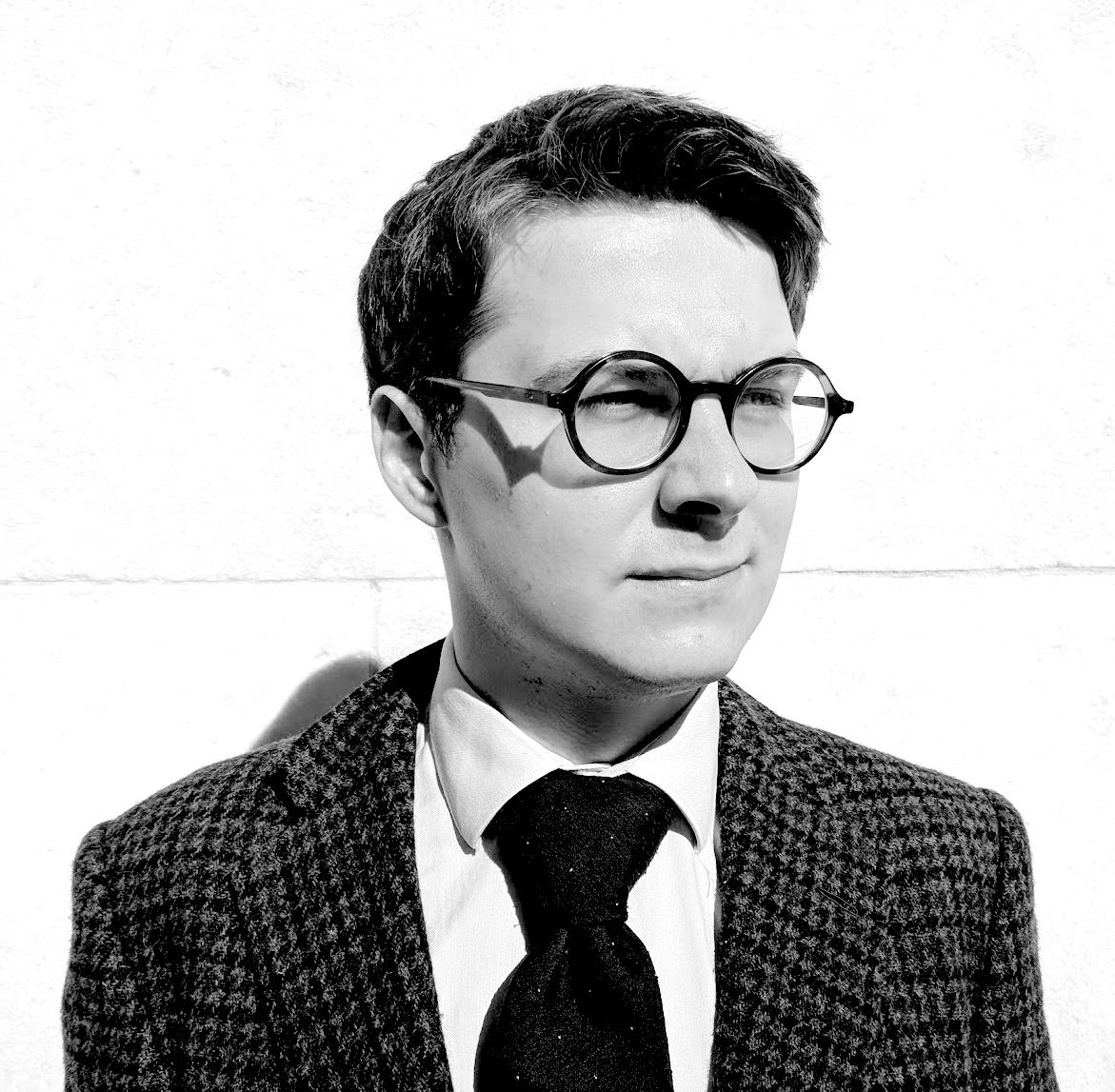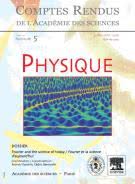Fourier at the heart of computer music: From harmonic sounds to texture
Beyond the scope of thermal conduction, Joseph Fourier’s treatise on the Analytical Theory of Heat (1822) profoundly altered our understanding of acoustic waves. It posits that any function of unit period can be decomposed into a sum of sinusoids, whose respective contributions represent some essential property of the underlying periodic phenomenon. In acoustics, such a decomposition reveals the resonant modes of a freely vibrating string. The introduction of Fourier series thus opened new research avenues on the modeling of musical timbre—a topic that was to become of crucial importance in the 1960s with the advent of computer-generated sounds. This article proposes to revisit the scientific legacy of Joseph Fourier through the lens of computer music research. We first discuss how the Fourier series marked a paradigm shift in our understanding of acoustics, supplanting the theory of consonance of harmonics in the Pythagorean monochord. Then, we highlight the utility of Fourier’s paradigm via three practical problems in analysis–synthesis: the imitation of musical instruments, frequency transposition, and the generation of audio textures. Interestingly, each of these problems involves a different perspective on time–frequency duality, and stimulates a multidisciplinary interplay between research and creation that is still ongoing.

